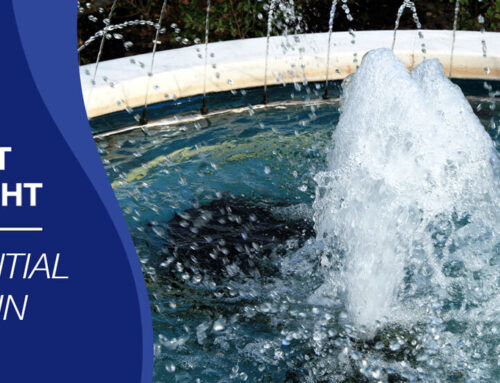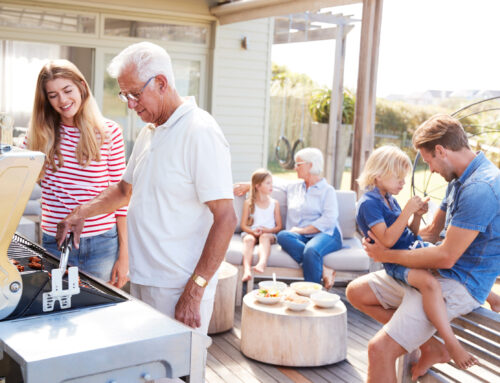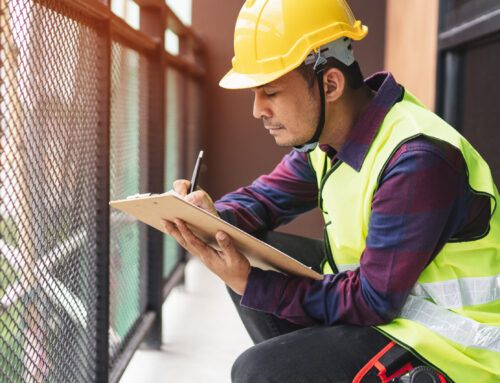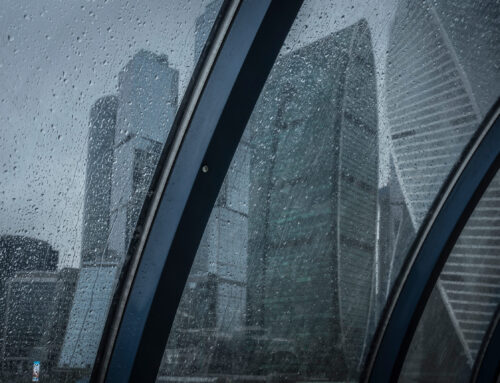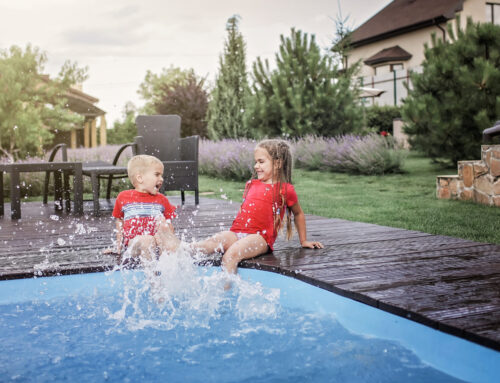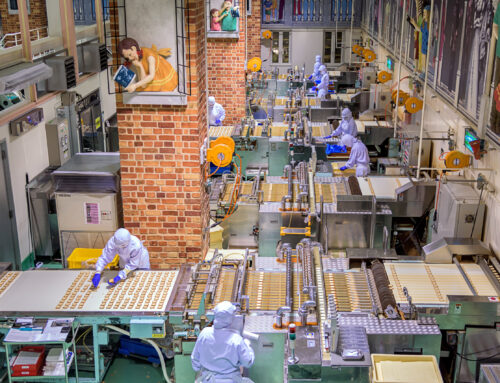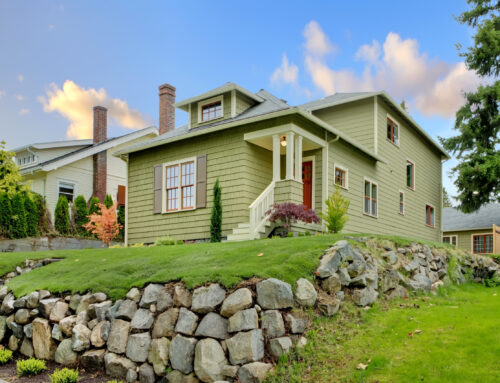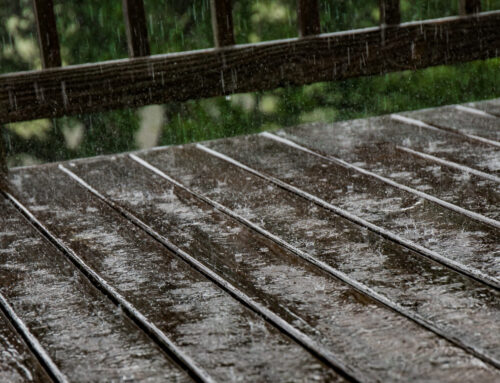The addition of a waterproof deck has a lot of benefits to your home. Aside from giving you that extra space for entertaining and relaxation, waterproof deck systems also contribute to the aesthetics of your home, not to mention adding to its property value.
But not all decks are made equal, so if you want to make the most of your investment, choose these best types of woods for your waterproof deck:
Redwood and Cedar
There is a good reason a lot of popular deck builders prefer to use redwood or red cedar. Aside from their strong color and unmistakable natural beauty, these woods are also as natural as you can get. They also contain oils and tannins that protect them against early decay, rotting and some types of insects.
The heartwood, which is located near the center of the tree, is a lot more resistant to both bugs and the elements. Sapwood, on the other hand, grows near the bark making it softer and more prone to decay.
The four best grades of cedar for waterproof deck systems are architect clear, custom clear, architect knotty and custom knotty, according to the Western Red Cedar Lumber Association.
Pressure-Treated Lumber
Perhaps the most common choice for a lot of waterproof deck systems, pressure-treated lumber is used in at least 75% of all new decks installed today, according to Arch Treatment Technologies. PT lumber is versatile, easy to cut and install, accessible and most of all, very affordable. But its efficiency and beauty can still be on par with the competition.
Most PT lumber comes from the southern yellow pine. It is then treated to be able to resist wood-boring bugs, fungus and rotting. PT lumber just needs a lot of maintenance because it easily cracks or splits over time. Experts recommend the application of wood preservative or stain at least every two years and power washing should be done every year.
Composite
Another hit among consumers who are building a deck on a budget, composite decking is weather and stain-resistant, so you can guarantee that it will not split, rot or warp. Plastic or composite decking also comes in a wide array of colors and they are low maintenance. But you still need to check for any growth of mold and mildew on the deck to avoid decay.
Tropical hardwood
Tropical hardwood is one of the most beautiful materials for decks in the world. Woods like the red taurari, massaranduba, tigerwood, and Philippine mahogany have that distinct rich-grained color and they are highly resistant to infestations and rotting.
Perhaps the only downside to tropical hardwood is that it’s very heavy and difficult to install. You need to bore a pilot hole first and use fasteners to secure the boards for this type of deck.
But if you’re willing to pay for the material and its installation by professionals, you’ll never go wrong with using tropical hardwood for your waterproof decking systems because they will surely last you for many years.
Are you ready to start looking at your options for waterproof decking?
WICR Waterproofing & Decking is Southern California’s premier waterproofing and decking specialist covering Los Angeles, Orange County, San Diego, Riverside, and San Bernardino counties. We are trained by all the major manufacturers of waterproofing systems so that we can install or repair any waterproofing project. Please visit us at www.WICRWaterproofing.com

